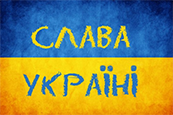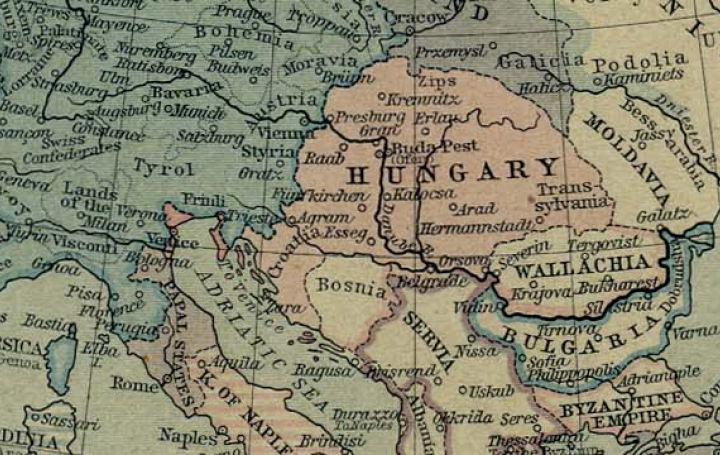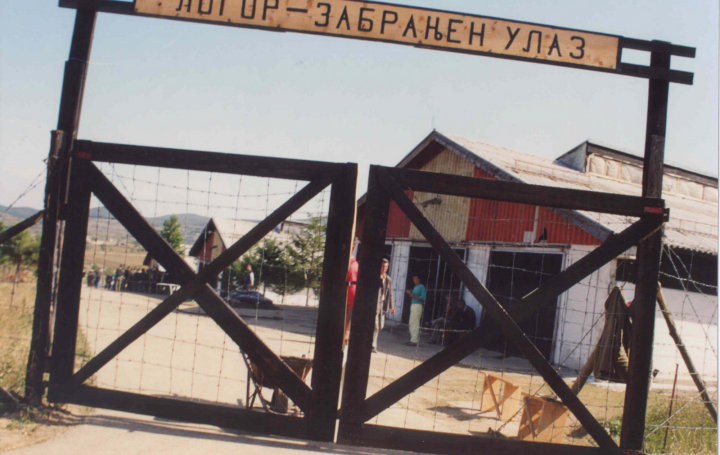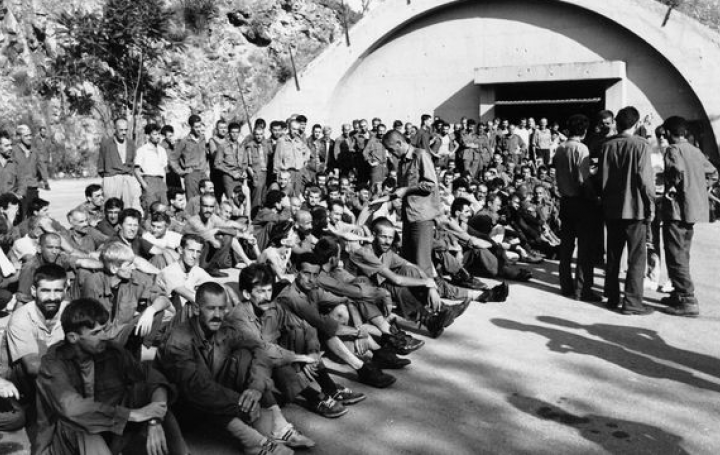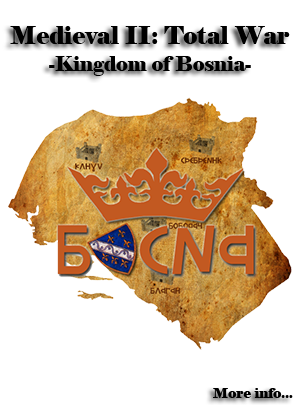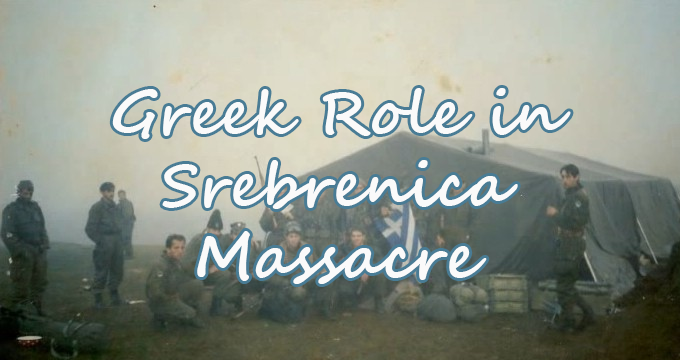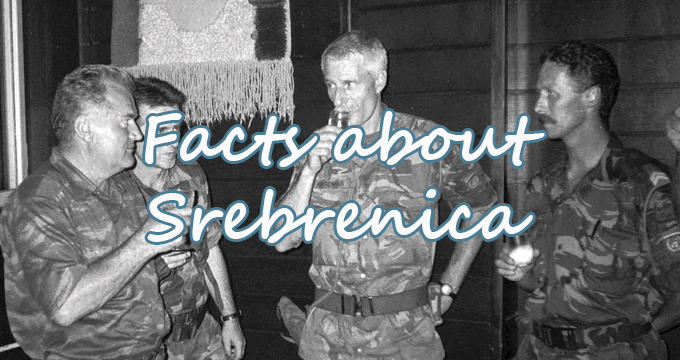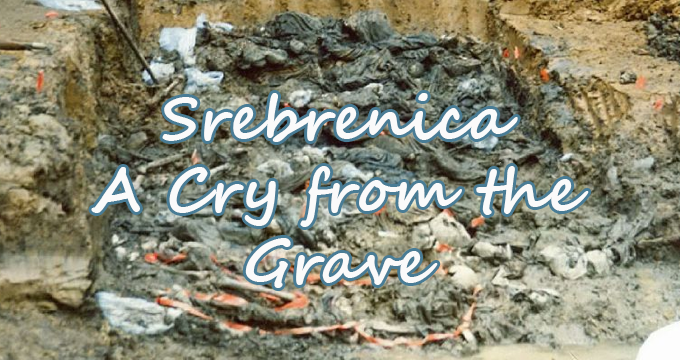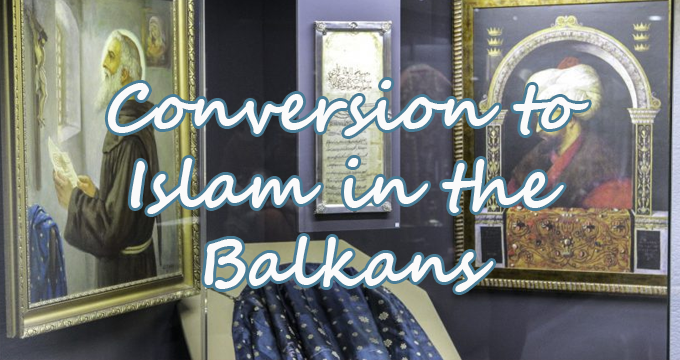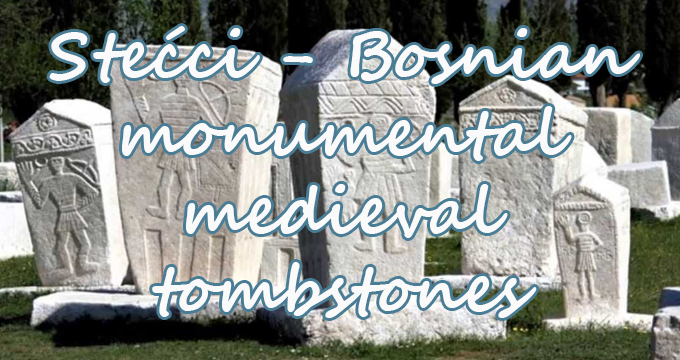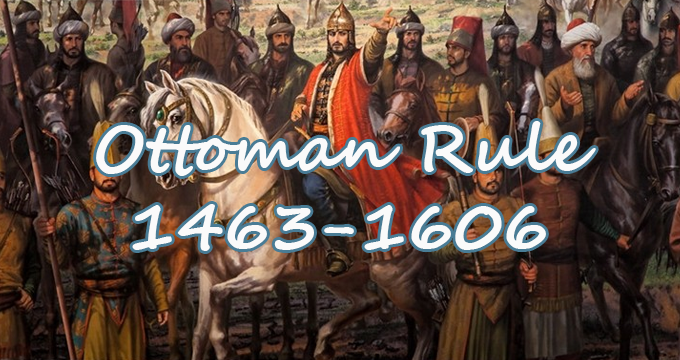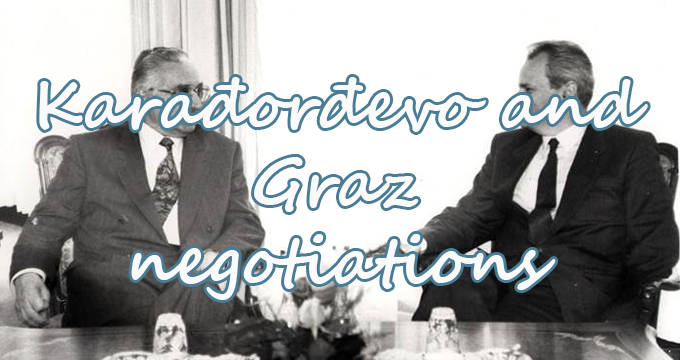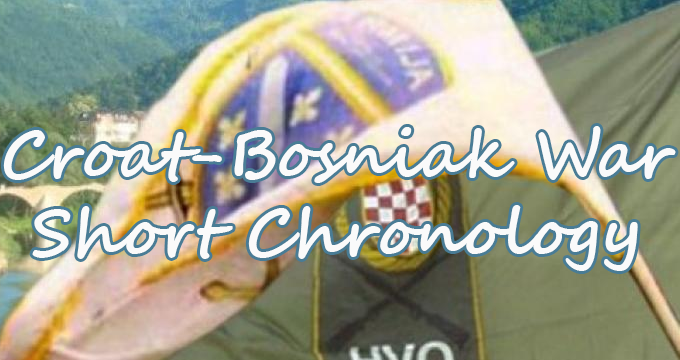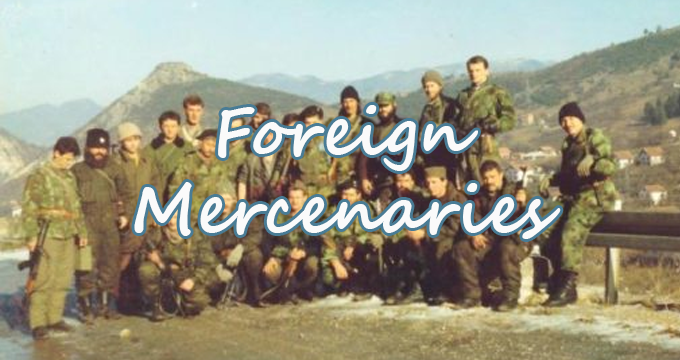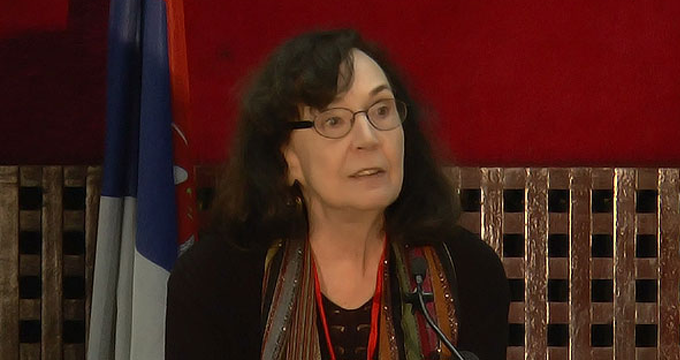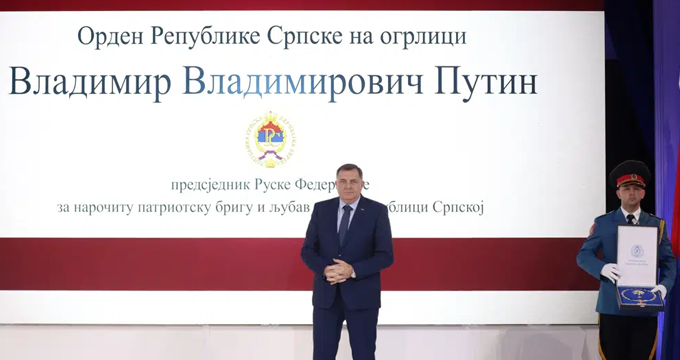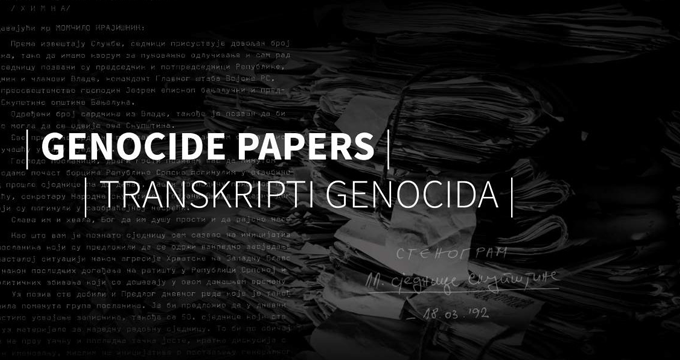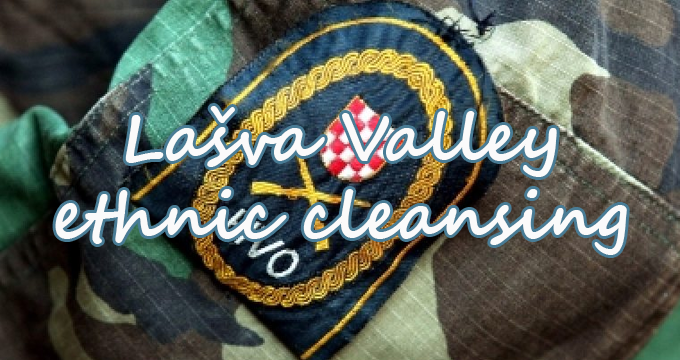The Lašva Valley ethnic cleansing campaign against Bosniak civilians planned by the Croatian Community of Herzeg-Bosnia's political and military leadership from May 1992 to March 1993 and erupting the following April, was meant to implement objectives set forth by Croat nationalists in November 1991.[22] The Lašva Valley's Bosniaks were subjected to persecution on political, racial and religious grounds[56], deliberately discriminated against in the context of a widespread attack on the region's civilian population[57] and suffered mass murder, rape, imprisonment in camps, as well as the destruction of cultural sites and private property. This was often followed by anti-Bosniak propaganda, particularly in the municipalities of Vitez, Busovaca, Novi Travnik and Kiseljak. Ahmici massacre in April 1993, was the culmination of the Lašva Valley ethnic cleansing, resulting in mass killing of Bosnian Muslim civilians just in a few hours. An estimate puts the death toll at 120. The youngest was a three-month-old baby, who was shot to death in his crib, and the oldest was a 96-year-old woman. It is the biggest massacre committed during the conflict between Croats and the Bosnian government (dominated by Bosniaks).
The International Criminal Tribunal for the Former Yugoslavia (ICTY) has ruled that these crimes amounted to crimes against humanity in numerous verdicts against Croat political and military leaders and soldiers, most notably Dario Kordic. [58] Based on the evidence of numerous HVO attacks at that time, the ICTY Trial Chamber concluded in the Kordic and Cerkez case that by April 1993 Croat leadership had a common design or plan conceived and executed to ethnically cleanse Bosniaks from the Lašva Valley. Dario Kordic, as the local political leader, was found to be the planner and instigator of this plan. [59] According to the Sarajevo-based Research and Documentation Center (IDC), around 2,000 Bosniaks from the Lašva Valley are missing or were killed during this period.[60]
References:
1. a b c "ICTY: Blaškic verdict - A. The Lasva Valley: May 1992 – January 1993t". [22]
2. "ICTY (1995): Initial indictment for the ethnic cleansing of the Lasva Valley area - Part II". [56]
3. "ICTY: Summary of sentencing judgement for Miroslav Bralo". [57]
4. a b c "ICTY: Kordic and Cerkez verdict". [58]
5. a b "ICTY: Kordic and Cerkez verdict - IV. Attacks on towns and villages: killings - C. The April 1993 Conflagration in Vitez and the Lašva Valley - 3. The Attack on Ahmici (Paragraph 642)". [59]
6. "IDC: Victim statistics in Novi Travnik, Vitez, Kiseljak and Busovaca".[60]

